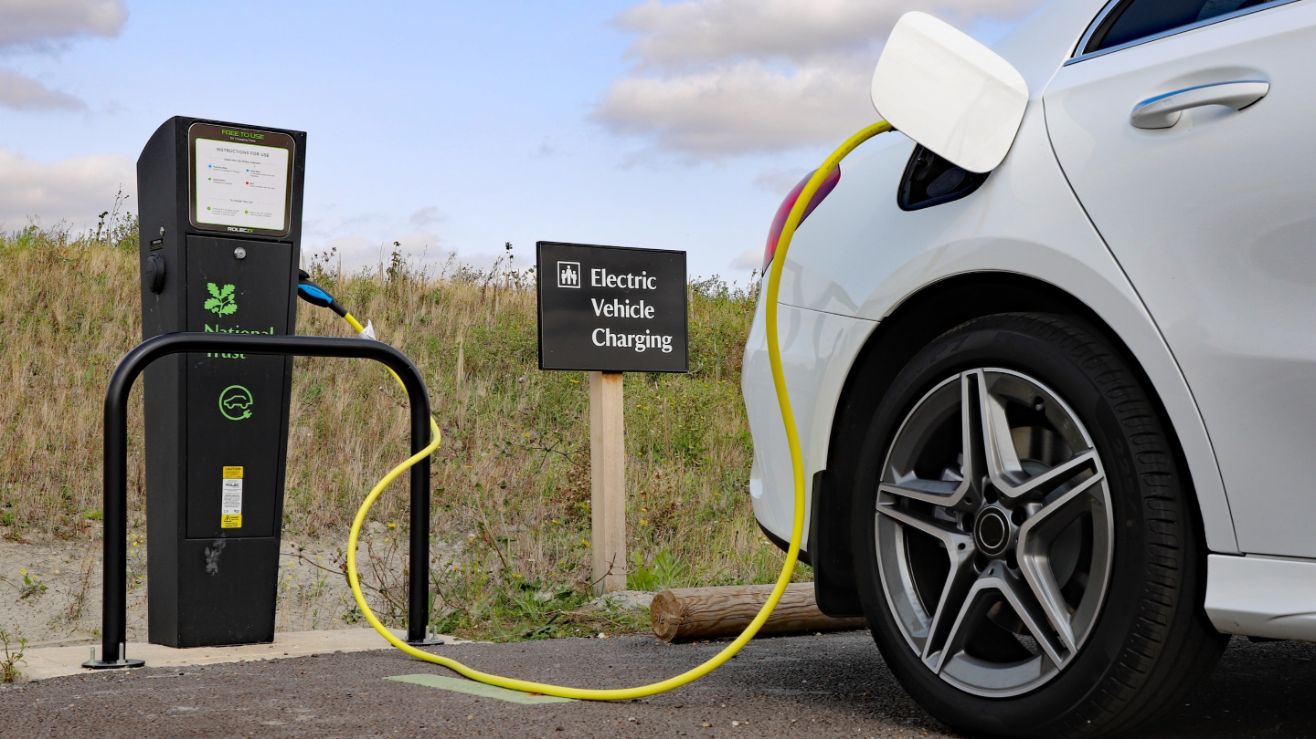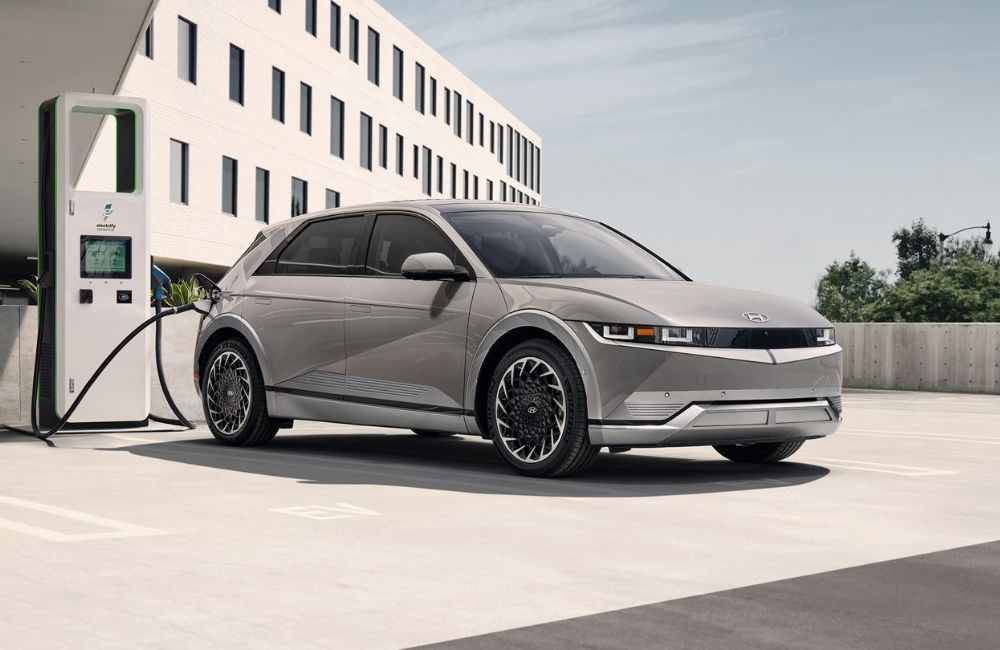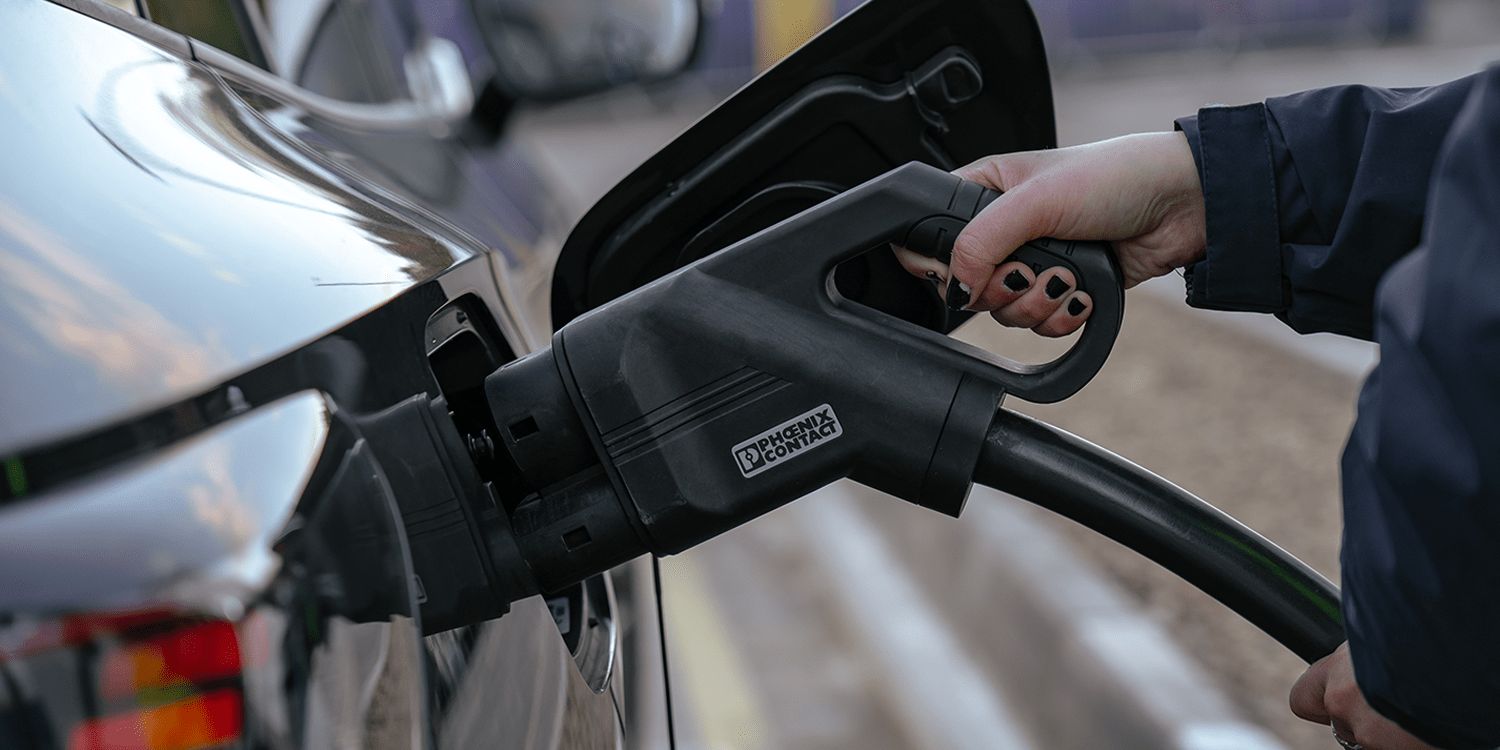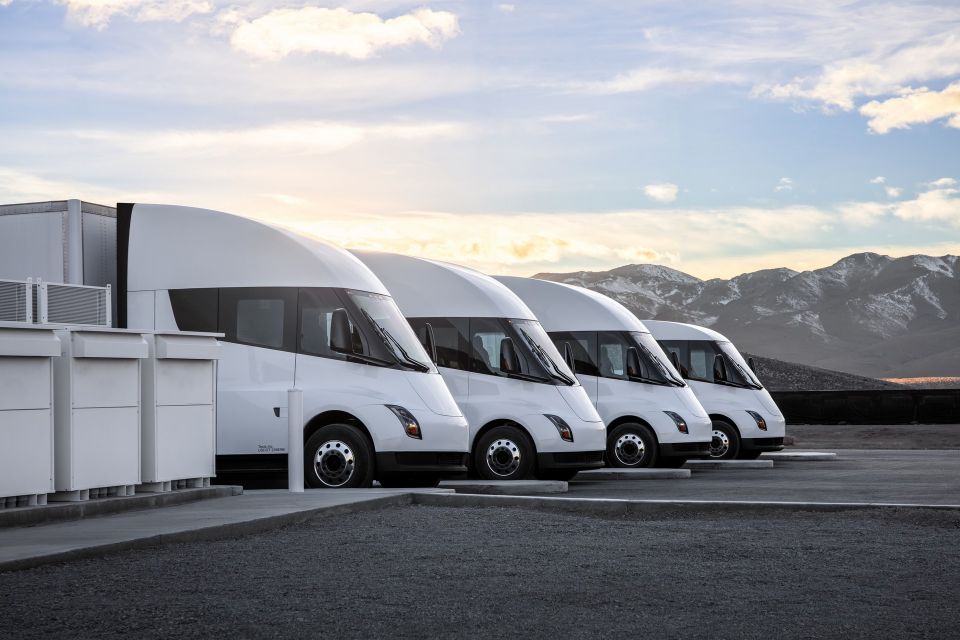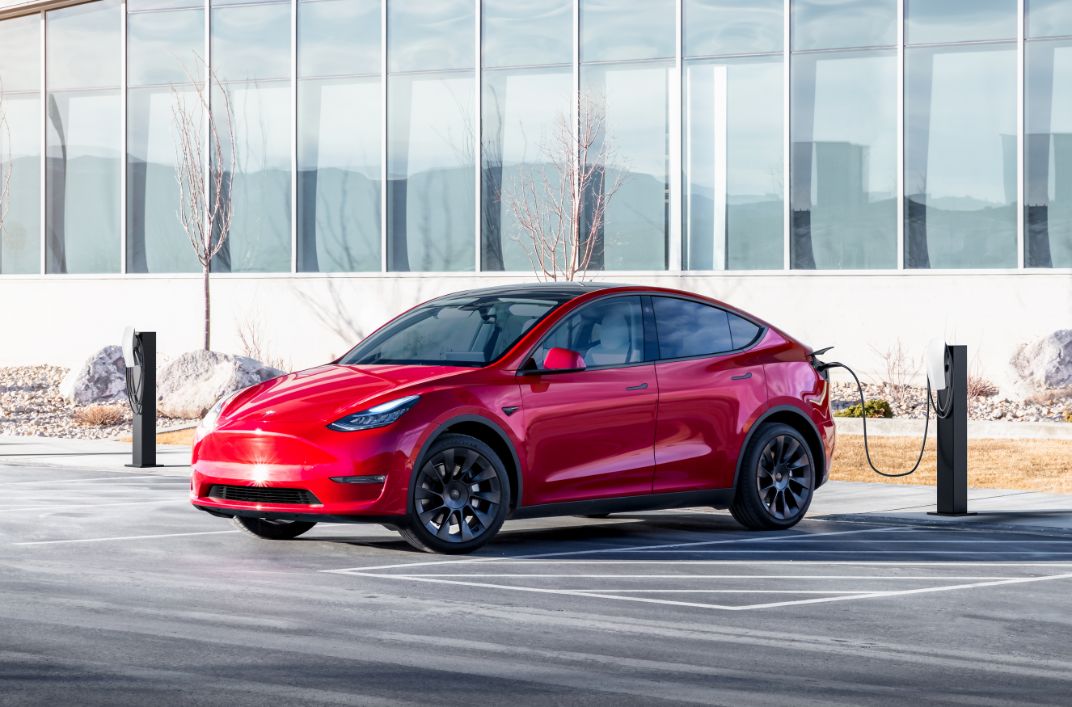In a significant move to bolster electric mobility and reduce greenhouse gas emissions, the European Union (EU) has introduced new legislation that will vastly enhance access to charging points for electric vehicles (EVs) across the continent. This progressive step is set to make long-distance travel in EVs a convenient and viable option.
Under the recently enacted law, fast charging stations along Europe’s main transport routes will be required to provide at least 150 kW chargers to cars and vans, spaced approximately every 37 miles (60 km). Importantly, these charging stations must facilitate contactless payment methods, eliminating the need for drivers to register with a specific provider. To promote transparency and prevent any surprises, drivers will also have clear access to information about charger pricing and availability prior to arrival at the charging stations.
In a strategic move to support heavy-duty transportation, the legislation mandates the installation of 350 kW chargers for trucks at intervals of approximately 37 miles on the core trans-European transport (TEN-T) network, and every 62 miles (100 km) on other major TEN-T roads by 2025. The ultimate goal is to achieve full network coverage by 2030, easing long-haul journeys for commercial vehicles and reducing emissions in the freight industry.
Moreover, the EU’s commitment to fostering alternative green technologies is evident, as hydrogen-powered vehicles gain ground as potential competitors to conventional EVs. The new law guarantees both cars and heavy trucks access to hydrogen refueling stations at intervals of approximately 124 miles (200 km), making the prospect of hydrogen-powered transportation more appealing and viable.
The Fit For 55 program, the umbrella initiative under which this legislation falls, is part of the EU’s ambitious plan to achieve a 55% reduction in greenhouse gas emissions by 2030. The scope of the program extends beyond road transport, as airports are also required to provide electricity to stationary aircraft at all gates by 2025, and at all remote stands by 2030. Additionally, ports utilized by large passenger vessels and container ships will be legally obligated to offer shore-side charging facilities by 2030.
By implementing these far-reaching measures, the EU is taking a proactive approach to combat climate change, promote sustainable transportation, and enhance the overall accessibility and adoption of electric and hydrogen-powered vehicles. As these green infrastructure developments take shape, Europe is poised to lead the way towards a cleaner and more environmentally conscious future.

